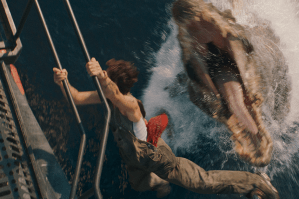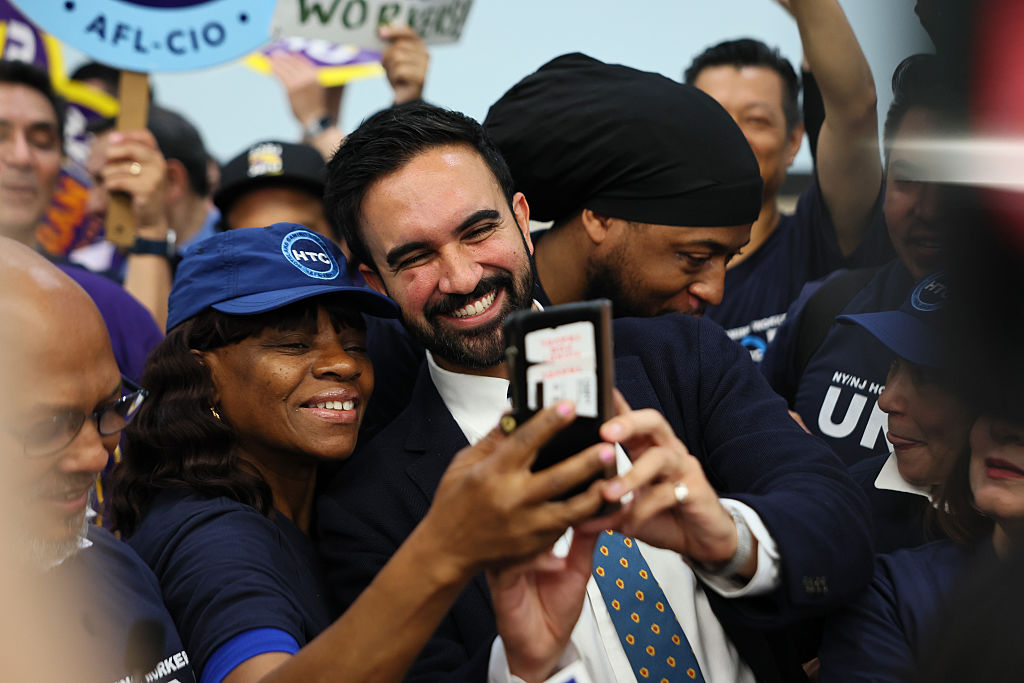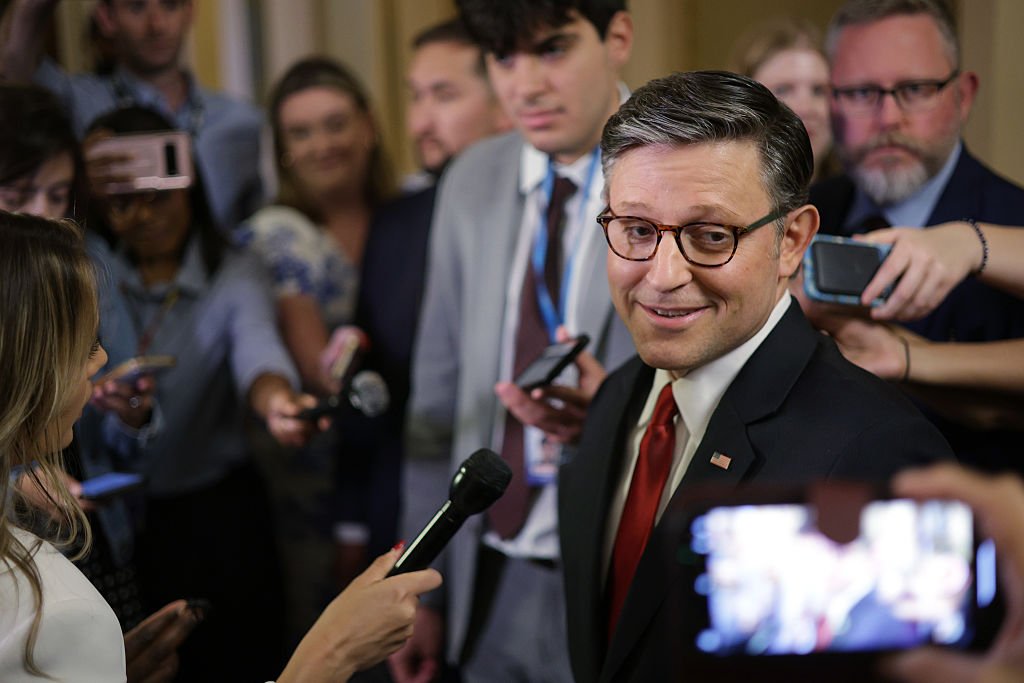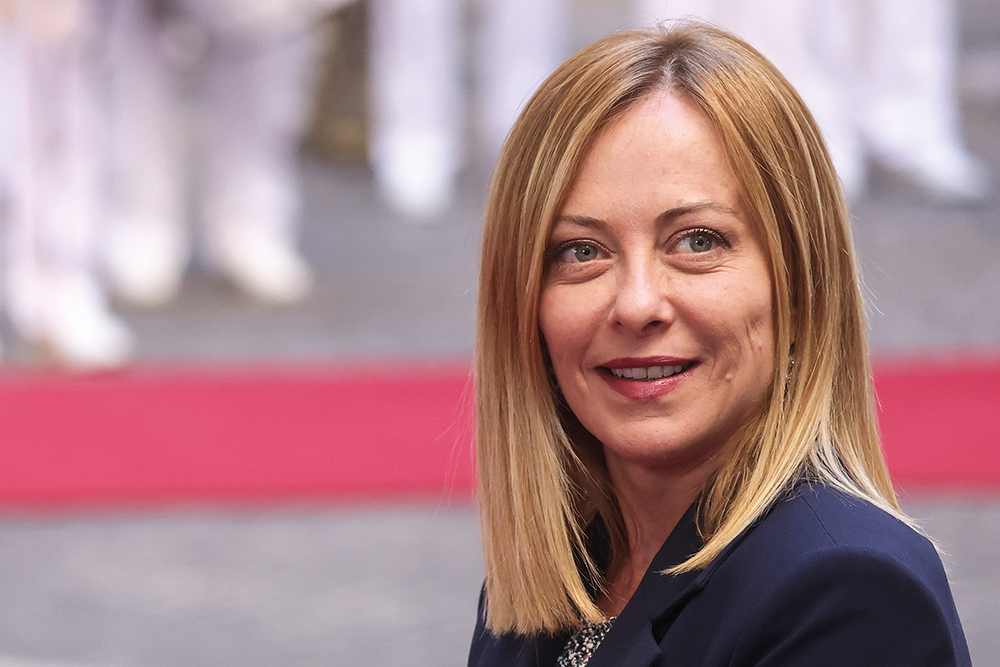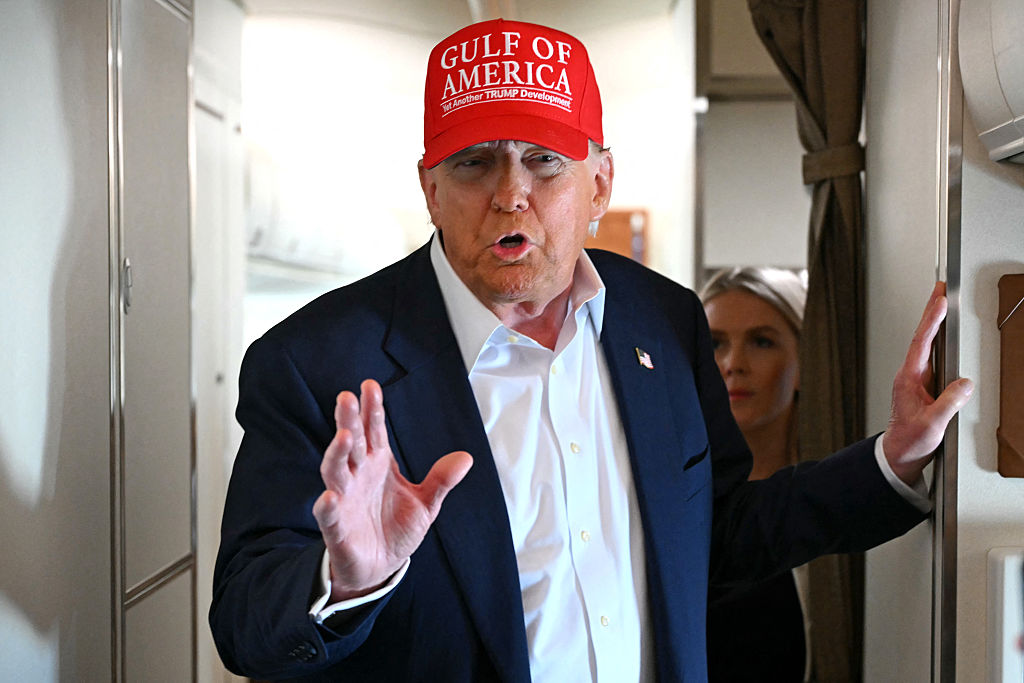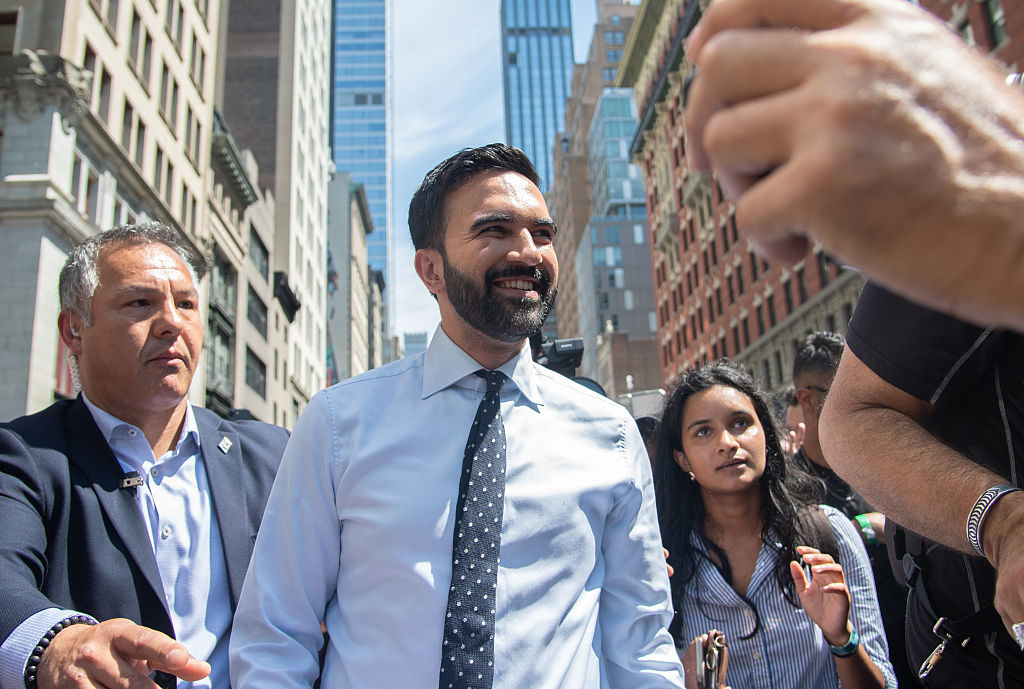The Metropolitan Museum of Art has struggled recently. In 2016, it was facing an $8 million deficit. In 2018, it gave up on its plan to renovate the Breuer building and instead agreed to turn its lease over to the Frick to save money. The Breuer was supposed to be the Met’s big play to rebrand itself as a museum of contemporary art, not just Old Masters, but the shows it organized at the Breuer were overspent and underattended. Despite “critical successes,” ARTnews reported at the time, “attendance remained relatively low.” In 2020, it drew on its endowment to cover expenses (and laid off over eighty employees), and last year, it sold some of its art to help cover its $150 million shortfall.
It has been a tough couple of years for museums, but the Met’s problems started before the pandemic. The Met’s CEO, Daniel Weiss, and its director, Max Hollein, started in 2017 and 2018 respectively. Last year, Brian Allen complained about Hollein’s incoherent shows:
Hollein isn’t a scholar. He has an MA in art history and an MA in business and was a protégé of Tom Krens when Krens directed the Guggenheim and Hollein was his assistant. Before he came to the Met, he was director of the San Francisco museum system for a year and a half, smoothing long-troubled waters there. He proved himself an effective courtier of Dede Wilsey, the board’s autocratic chairman. He treated her like a Habsburg empress — and as a well-born Austrian, he knew the shtick.
After three years at the Met, Hollein, at least to me, seems a good salesman and showman who knows contemporary art best. He’s never been a curator, though. I see almost all the Met’s exhibitions. Most of the big ones — Alice Neel, the Medici show, the last two big Costume Institute shows, and the 150th-anniversary show come to mind — suffered from incoherence and aimlessness, each to a different degree. Token PC points are awkwardly squeezed into narratives that are otherwise shopworn. I can see in each a failure in quality control, in scholarly rigor, of the kind a director prescribes. Neither quality control nor scholarly rigor is a ruling concern in the contemporary art world, I think.
Heather Mac Donald writes in the latest issue of City Journal that the Met’s decision to focus on race ruins almost everything they do:
Like the Art Institute of Chicago, the Metropolitan Museum of Art has redefined itself as an antiracist “agent of change.” In July 2020, its director Max Hollein and CEO Daniel Weiss announced that the museum will henceforth aim to overcome the racism still perpetrated by our “government, policies, systems, and institutions.”
What such a political mandate means for an art museum may seem puzzling, but two exhibits currently running at the Met provide an answer. They suggest that the museum will now value racial consciousness-raising over scholarship and historical accuracy. Double standards will govern how the museum analyzes Western and Third World art: only the former will be subject to the demystification treatment, while the latter will be accorded infinite curatorial respect. The Met will lay bare European art’s alleged complicity in the West’s legacy of oppression, while Third World violence and inequality will be chastely kept off stage.
The first show, “In Praise of Painting: Dutch Masterpieces at The Met,” arranges the Met’s own seventeenth-century Dutch canvases in thematic categories, such as still life and landscape… The Dutch Baroque formed the cornerstone of the Met’s first holdings; subsequent bequests created one of the world’s great assemblages of Rembrandt, Hals, Vermeer, and their peers. The antiracist museum, however, understands that it is not just Western art that needs deconstructing; the collecting and donating of art does, too. Thus, the commentary accompanying “In Praise of Painting” wearily notes that “of course” there are “blind spots in the story these particular acquisitions tell. Colonialism, slavery and war — major themes in seventeenth-century Dutch history — are scarcely visible here.” It is hard to know who is more at fault, in the Met’s view: the artists or the art lovers who collected their work…
Having been instructed to see oppression behind portraiture and to hear silenced voices in tableaux of oysters and lemons, the chastened Met visitor may wend his way to “The African Origin of Civilization,” another show drawn from the Met’s own collections. He will find himself back in a world of prelapsarian innocence, where art, if not the collecting of it, is unencumbered by a debunking impulse and where the culture that gave rise to that art is accepted on its own terms, not measured against present values.
It’s hard to imagine that either of these shows will be a hit, which is why, I suppose, the Met must run a Disney show, too, to make ends meet — of course, not that it needs to worry about money with a nearly $4 billion endowment.
In other news
Is Blood Meridian, “at its core, a work of history”? “Scholars have long recognized Blood Meridian as a historical novel, but the fact that Chamberlain’s memoir served as a source text is only part of it.”
When artists used to compete for Olympic gold: “Between the 1912 Stockholm Olympics and the 1948 London Olympics, artistic competition was a vibrant part of the summer Olympic games. There were five categories in which individuals could compete, with architecture, literature, painting, and sculpture joining music.”
Fat White Family is “a drug band with a rock problem”: “The excess disguises the true heart of Ten Thousand Apologies, which is a sort of yearning: a search for enlightenment, a way to live, but especially for a home. The Saoudis feel the disconnect of the offspring of an immigrant parent; Adamczewski is unsettled, in all senses. They are restless, without respite.”
In a piece at CNN, Leah Asmelash argues that the shuttering of university literary magazines is the result of the corporatization of higher education. That may be true, I argue, but most university literary magazines also owe their existence to that same corporatization:
How many individuals subscribed to The Alaska Quarterly Review? Probably very few. Most subscribers, I’m guessing, were libraries, particularly libraries at other universities with MFAs. General readers in Chapel Hill didn’t fight over new issues of the Alaska Quarterly Review. Nor did fellow writers. University libraries subscribed to literary magazines like the Alaska Quarterly Review — at the request of the MFA faculty, of course — to legitimize university-sponsored publications and to provide places (the more, the better) where their own MFA students could publish. Publication legitimized the MFA degree of the home institution and hopefully helped graduates land jobs at other MFA programs (a double legitimization!). Thanks, in part, to college literary magazines, it is now possible to teach creative writing at college and not be read.
How the news abandoned the working class:
The few worthwhile media critics that don’t reflexively blame the death of the industry on readers who have the temerity to vote the wrong way often do little more than bash the media for their relentless partisanship. That’s a valid complaint, yes, but pointing out that the New York Times is essentially just a Democratic super PAC that sells ads has been done ad nauseam and gets us no further in solving the problem. I have a shelf of books on the media that can be divided evenly into these camps, and so I had ample reason to approach Batya Ungar-Sargon’s book, Bad News: How Woke Media is Undermining Democracy, with trepidation. So it is very relieving that Bad News is something different and far more penetrating—the book’s key insight is that the media’s problems stem largely from issues of class, even if the problems are outwardly manifested as political and cultural extremism in the news.
TED Talks have always been about entertainment, not solving problems:
The story goes like this: there are problems in the world that make the future a scary prospect. Fortunately, though, there are solutions to each of these problems, and the solutions have been formulated by extremely smart, tech-adjacent people. For their ideas to become realities, they merely need to be articulated and spread as widely as possible. And the best way to spread ideas is through stories — hence Gates’s opening anecdote about the barrel. In other words, in the TED episteme, the function of a story isn’t to transform via metaphor or indirection, but to actually manifest a new world. Stories about the future create the future. Or as Chris Anderson, TED’s longtime curator, puts it, “We live in an era where the best way to make a dent on the world… may be simply to stand up and say something.” And yet, TED’s archive is a graveyard of ideas.










